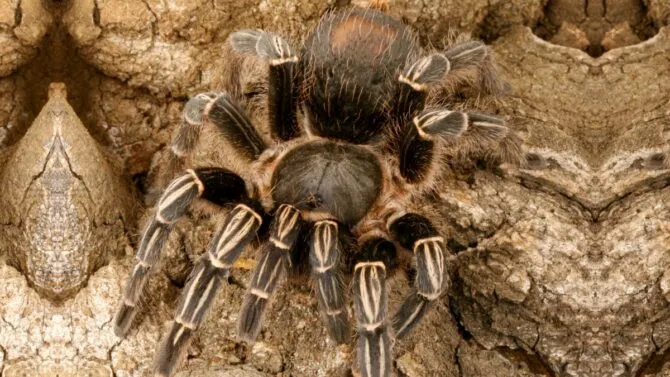Tarantula Skeleton Unveiled
Tarantulas, those captivating arachnids, possess a unique anatomical feature that sets them apart their exoskeleton. This rigid external structure, often referred to as a skeleton, is a marvel of natural engineering, providing protection, support, and a framework for movement. Understanding the tarantula skeleton is key to appreciating these creatures’ resilience and adaptability. The skeleton isn’t just a static shell; it’s a dynamic part of the tarantula’s life cycle, undergoing a fascinating process known as molting. The following facts will unveil this amazing process.
Exoskeleton Composition
The tarantula’s exoskeleton is primarily composed of a complex carbohydrate called chitin. This substance provides the skeleton’s rigidity and strength. Chitin is a resilient material, but it’s also lightweight, allowing the tarantula to move with surprising agility. The exoskeleton also contains proteins and other compounds that contribute to its durability and flexibility. The specific composition can vary slightly depending on the tarantula species, but the fundamental structure remains consistent. This protective shell shields the tarantula from predators, environmental hazards, and physical damage.
Chitin the Building Block
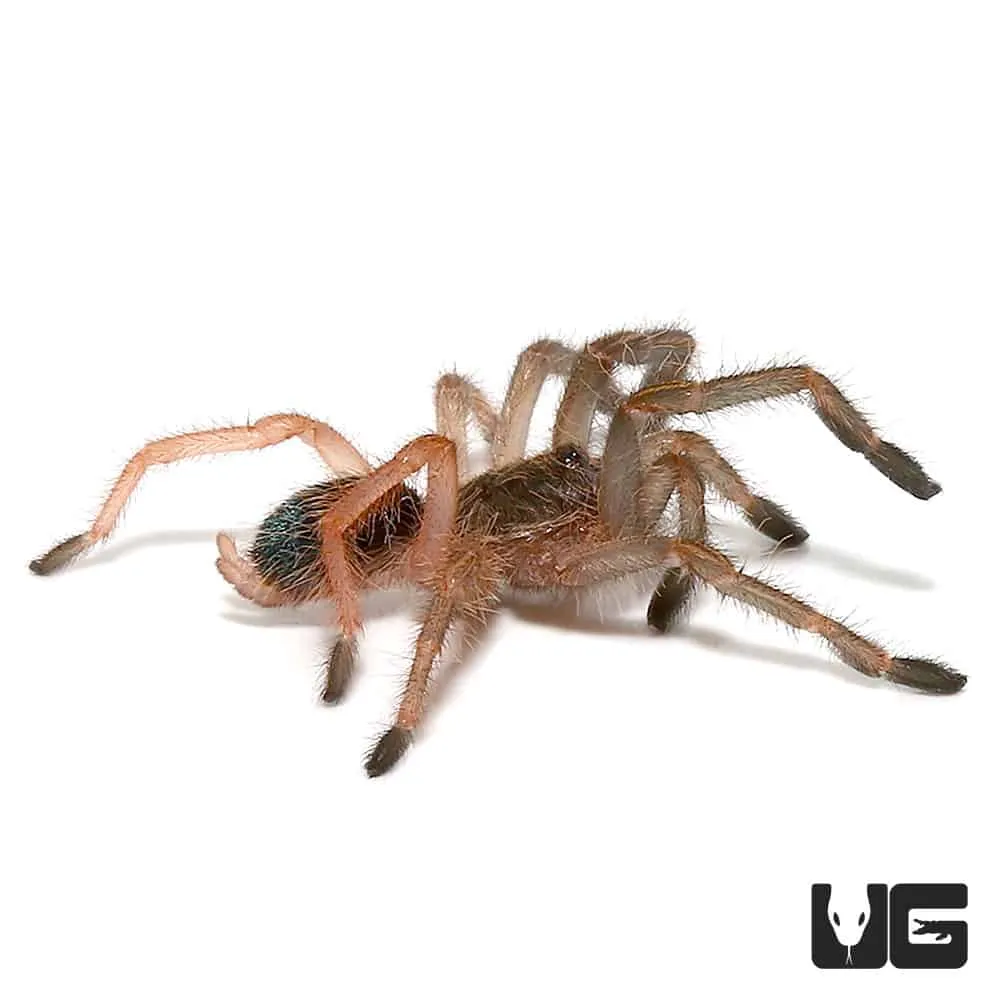
Chitin, the primary component of the tarantula’s exoskeleton, is a polysaccharide, a complex carbohydrate similar to cellulose. This remarkable biopolymer is created by the tarantula’s cells, forming the hard, protective shell. Chitin molecules are arranged in a highly organized structure, providing strength and rigidity. Its inherent properties are crucial for tarantulas to thrive in various environments. In addition to its structural role, chitin also plays a role in water conservation. Chitin provides the exoskeleton’s foundation, ensuring the tarantula’s survival.
Molting The Shedding Process
Molting is the remarkable process where tarantulas shed their old exoskeleton to grow and regenerate. This is a vulnerable time for the spider. Prior to molting, the tarantula forms a new, soft exoskeleton beneath its old one. The old exoskeleton splits open, and the tarantula extracts itself. The new exoskeleton is initially soft and pliable, gradually hardening over time. Molting allows the tarantula to grow larger, repair damaged body parts, and replace worn-out structures. The frequency of molting decreases as the tarantula matures, but it remains an essential process throughout its life.
Molting Frequency and Factors
The frequency of molting in tarantulas varies based on their age, growth rate, and environmental conditions. Young tarantulas, with higher metabolism and rapid growth, molt more frequently. As they mature, the molting process slows down. Several factors, like food availability and temperature, also influence molting frequency. Adequate nutrition is crucial for the energy-intensive process of forming a new exoskeleton. Warmer temperatures can also accelerate the metabolic rate and, thus, molting. A well-fed tarantula in a suitable environment is more likely to molt successfully and regularly.
Skeleton Features
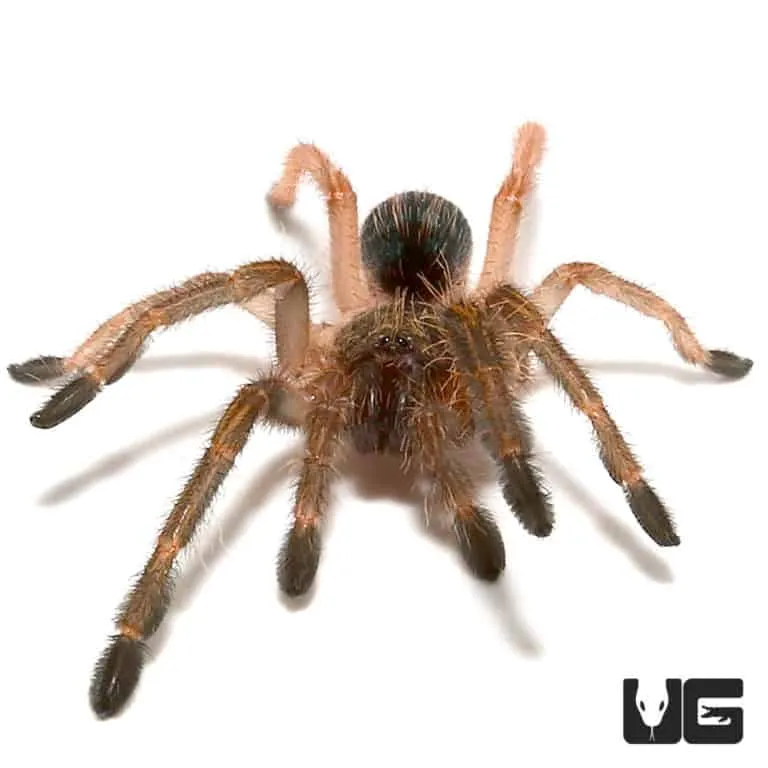
Legs and Appendages
Tarantula legs are covered in the exoskeleton, providing protection and a surface for muscle attachment. The legs are segmented, allowing for flexibility and movement. The structure and shape of the legs vary depending on the species, impacting their abilities in climbing, digging, and hunting. Specialized hairs on the legs aid in gripping and sensory perception. The exoskeleton of the legs is vital to support the tarantula’s weight and facilitate its diverse activities. Tarantulas have eight legs, which they use for locomotion, prey capture, and sensory perception. The legs are covered in sensory hairs, which help the tarantula to detect vibrations and other stimuli.
Fangs and Chelicerae
The fangs, or chelicerae, are also part of the exoskeleton, used to inject venom into prey. The fangs are sharp and curved, designed for piercing and grasping. The size and shape of the fangs vary among species. The chelicerae, also known as fangs, are located at the front of the tarantula’s body and are used to inject venom into prey. The fangs are sharp and curved, designed to pierce the exoskeleton of insects and other small animals. The fangs are also covered in sensory hairs.
Body Segmentation
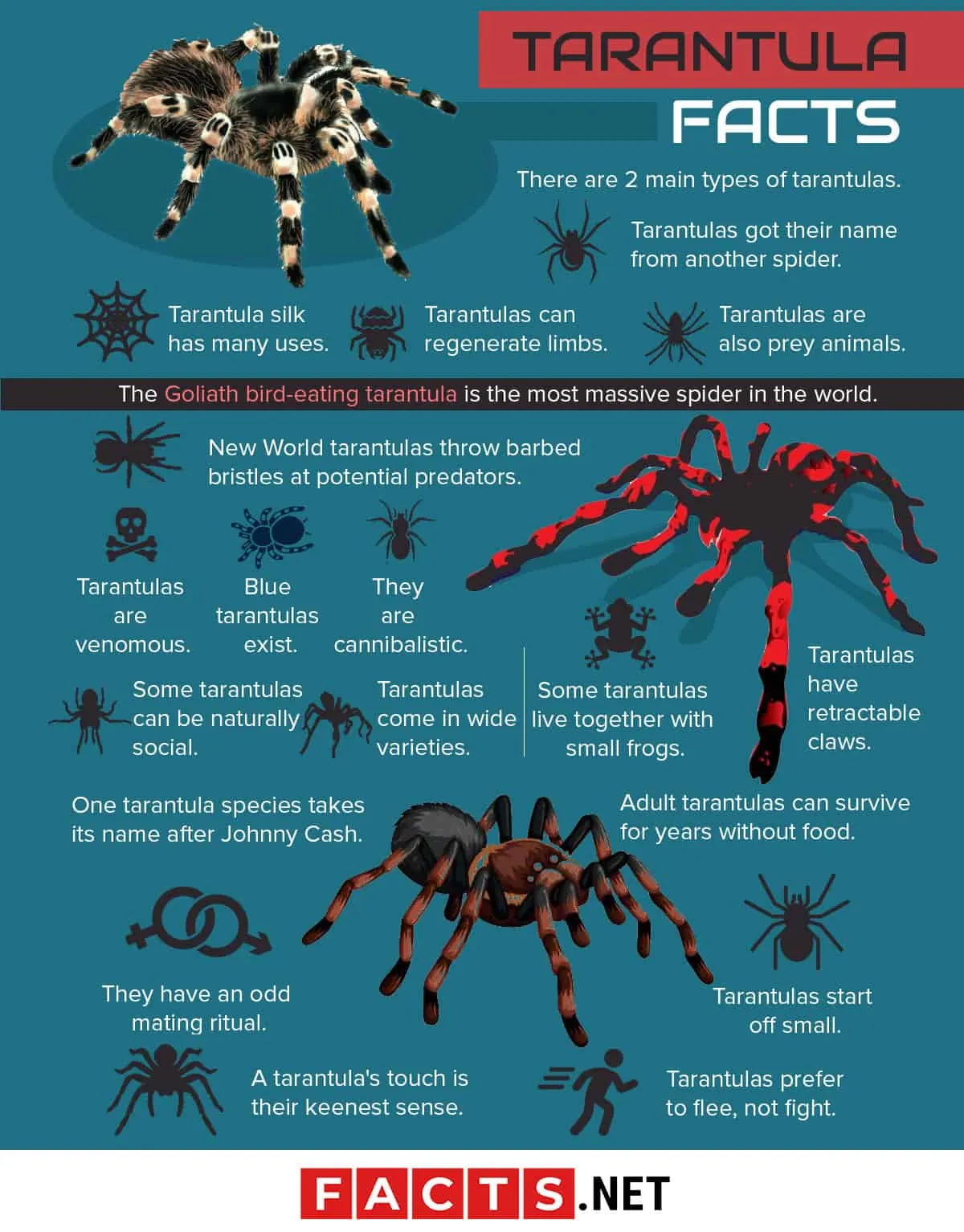
The tarantula’s body is divided into two main sections: the cephalothorax (fused head and thorax) and the abdomen. The exoskeleton covers both of these sections, providing structural support and protection. The segmentation allows for flexibility and movement, enabling the tarantula to maneuver in its environment. Each segment of the tarantula’s body is covered by a hard exoskeleton. The segments are connected by flexible membranes, which allow the tarantula to move and bend.
Cephalothorax and Abdomen
The cephalothorax houses the tarantula’s head, mouthparts, eyes, and legs. The abdomen contains the digestive and reproductive organs. The exoskeleton protects these vital organs. The cephalothorax, or prosoma, is the combined head and thorax, and it houses the tarantula’s eyes, mouthparts, and legs. The abdomen, or opisthosoma, contains the digestive and reproductive organs. Both body sections are encased in the exoskeleton, providing protection and support.
Internal Anatomy Overview
Muscle Attachment and Movement
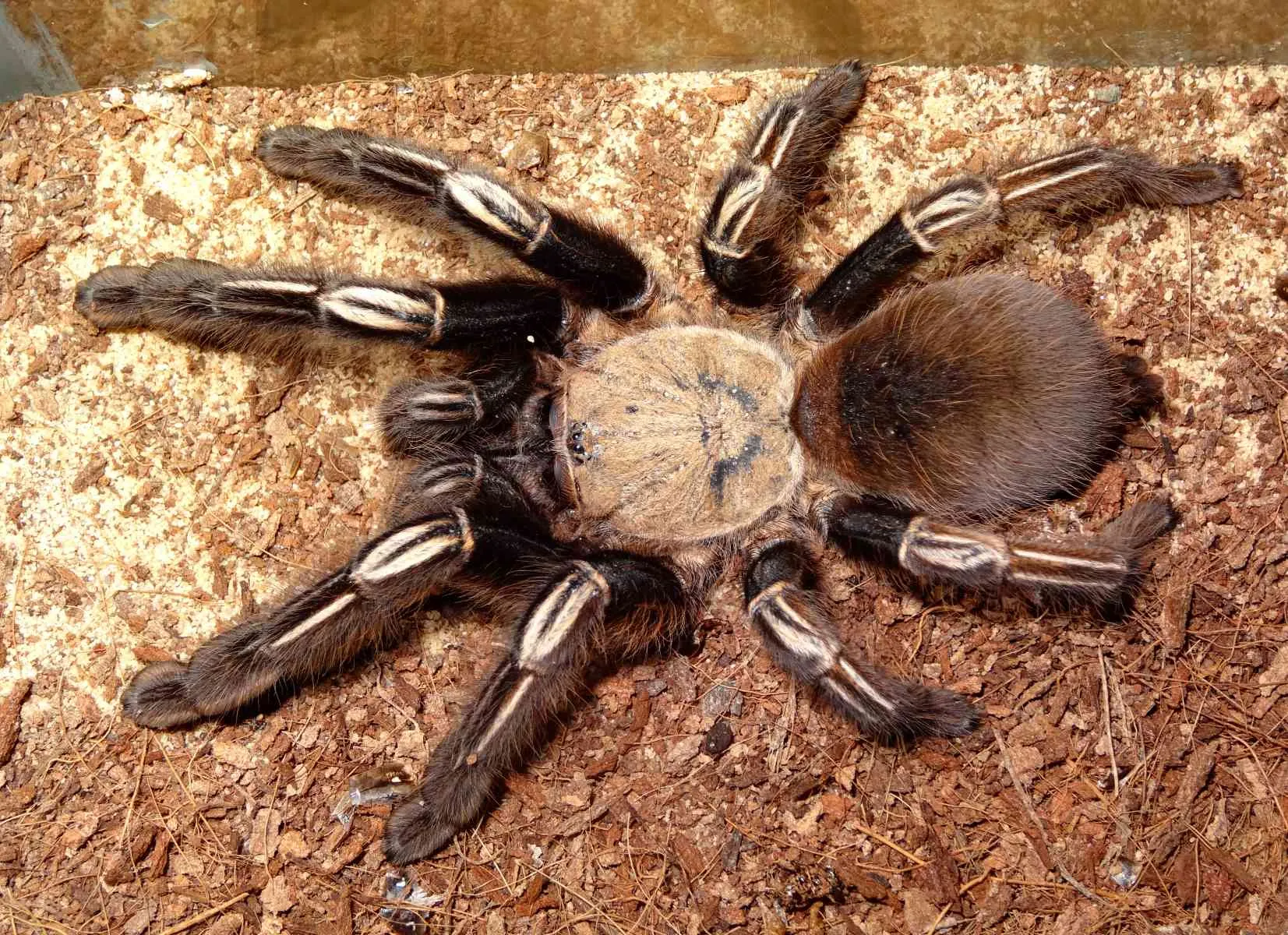
Muscles attach to the inside of the exoskeleton, enabling movement. The arrangement of muscles and their interaction with the exoskeleton allows for precise control of the legs, mouthparts, and other body parts. Tarantulas use a hydraulic system to extend their legs, where they pump hemolymph (spider blood) into their legs, extending them. This is a unique feature of tarantula locomotion. The muscles are connected to the exoskeleton, allowing for movement and locomotion.
Nerve System and Sensory Organs
The nerve system, including the brain and nerve cords, is located inside the tarantula’s body, while the exoskeleton protects this delicate system. Sensory organs, like hairs and slit sensilla (detecting vibrations), are integrated into the exoskeleton, allowing tarantulas to perceive their surroundings. These sensory organs help tarantulas to detect vibrations and other stimuli in their environment. The nerve system, which is responsible for controlling the tarantula’s movements and behaviors, is located inside the body and protected by the exoskeleton.
Unique Skeleton Facts
Skeleton Color Variations
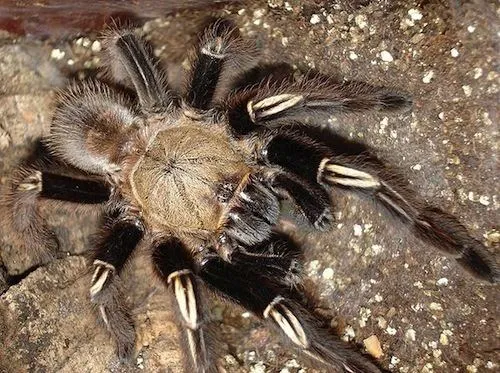
The color of a tarantula’s exoskeleton varies, depending on the species, age, and environmental factors. Colors range from browns and blacks to vibrant blues, greens, and oranges. Pigments within the exoskeleton cause the coloration. The colors can also serve purposes of camouflage, attracting mates, or warning predators. The exoskeleton color varies based on species and environmental factors, offering camouflage and signaling.
Fossil Record Insights
The fossil record provides valuable insights into the evolution of tarantulas and their skeletons. Fossilized exoskeletons reveal the ancient forms of these arachnids and their adaptations. The fossil record provides a timeline of the evolution of the tarantula skeleton, with ancient specimens offering clues about the ancestors and their environments. Fossilized exoskeletons help to trace the evolution of tarantulas and their skeletons.
Skeleton Benefits
Protection from Predators
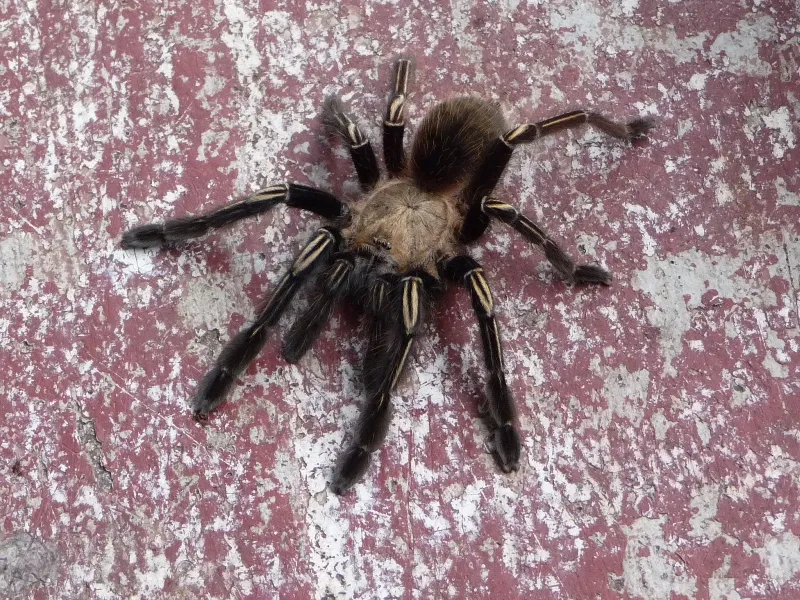
The exoskeleton provides a robust defense against predators, preventing physical damage. Its hardness and thickness serve as an initial barrier. The exoskeleton’s strength protects the tarantula from attacks and harsh environmental conditions. The hard exoskeleton protects tarantulas from predators, providing a vital defense mechanism. The exoskeleton provides a shield against attacks.
Water Conservation
The exoskeleton plays a role in water conservation by reducing water loss. The chitinous structure acts as a barrier, preventing excessive evaporation in dry environments. The exoskeleton helps tarantulas to survive in various environments by minimizing water loss. The exoskeleton minimizes water loss, crucial for survival.
Why Tarantula Skeletons Matter
The tarantula’s skeleton is integral to its survival and success. Its protective function, structural support, and the unique process of molting are all vital to the tarantula’s existence. Understanding the skeleton helps us to appreciate the remarkable adaptations that have enabled tarantulas to thrive in diverse habitats worldwide. Their skeletons demonstrate adaptation and resilience. Their skeletons represent nature’s engineering, allowing these fascinating creatures to thrive.
